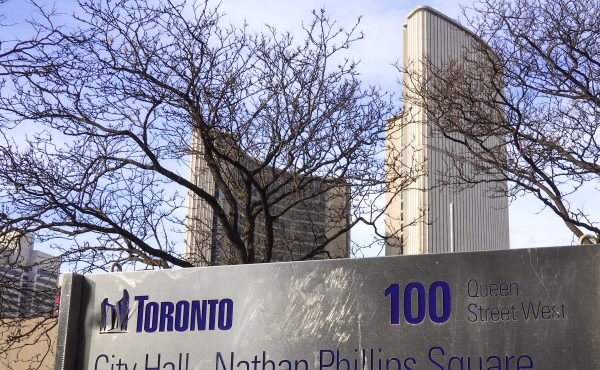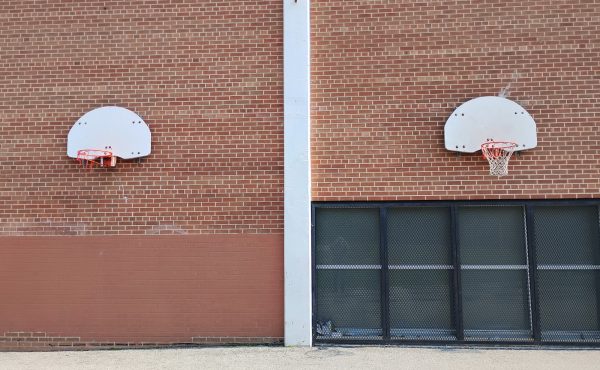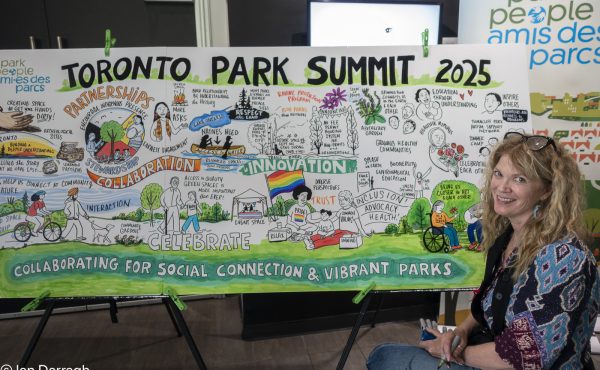
The attention of Toronto’s “urbanist” community (myself included) tends to focus on the central part of the city, the old City of Toronto, which is the most traditionally “urban” in terms of layout and density and where we tend to work and live. Yet not only does the majority of Toronto’s population live in the “inner” suburbs — the old suburban municipalities that were amalgamated with Toronto in 1998 — but these are also where the biggest challenges, and biggest potential for positive change, exist in the city.
As well, suburban areas are increasingly the home of the various immigrant communities that give Toronto its much-prized diversity. Where once immigrants tended to settle in the dense, then-affordable centre of the city, now increasingly it is in these inner suburbs, and in the GTA’s outer suburbs, where new immigrants can afford to settle, in the process shaking up the old stereotypes of suburban life.
People interested in urban issues have started to respond and investigate this trend in recent years in various ways, but a new exhibit at the Design Exchange (ironically in the very heart of Toronto’s downtown at King and Bay) marks an important step in bringing these various initiatives together and articulating the bigger picture. You could say that Fringe Benefits: Cosmopolitan Dynamics of a Multicultural City‘s goal is to open Toronto’s eyes to these changes and to the importance, dynamism and potential of the suburbs.
The exhibition itself combines essays, charts, architectural plans, videos and art installations (paintings and photographs). Overall, it is pretty text-heavy, almost like a large-scale series of essays, with the art providing simply a little spice to leaven the mix. So be prepared to spend some time reading.
But the time is well worth it, as the exhibition brings together a diverse range of existing projects, along with new material, in a coherent theme that brings the suburbs into focus. Projects I was already familiar with — such as Tower Renewal, David Hulchanski’s “Three Cities” study of Toronto census data, Toronto’s Official Plan and Ontario’s Smart Growth strategy, John Lorinc’s uTOpia essay on strip malls, the Cliffside Slips concept for Kingston Road in Scarborough, or the 54East project in Lawrence East — speak to each other and create a greater whole when placed side-by-side and added to many other initiatives I knew little or nothing about. Examples of these include various ethnic-focused mall projects, plans for public and religious buildings in the outer suburbs of the GTA, and the “Peace Village” development for the Ahmadiyya Muslim community around their mosque in Vaughan.
One of the great results of the exhibition is to focus the same degree of attention to detail on suburban development as is usually focused on downtown. The result is particularly powerful for Scarborough, revealing a wealth of initiatives going on in the east end of the megacity.
I learned, for example, that Scarborough’s strip malls were originally designed to be walked to from the surrounding neighbourhood. And there are a lot of ideas on display for transforming these suburban Scarborough spaces into useable, attractive areas in practical, incremental ways rather than through destructive redevelopments. A particularly inventive idea was the mall parking lot that doubles as a basketball court when the stores are closed (from the “Wexford Square” design).

Meanwhile, the video of “The Amazing Place” event organized by Scarborough community groups in conjunction with Planning Action and others, where Scarborough youth explored their community’s history and notable places over the course of a day, provides a welcome dose of action amidst all the abstract plans and analyses of the rest of the exhibit.
Fringe Benefits marks the maturation of a new stage in our understanding of Toronto. I will talk more about particular themes in future posts, but overall this is an exhibit that everyone who is interested in Toronto urbanism has to see.
Design Exchange
234 Bay Street
King Street and Bay Street
Starts: July 9, 2008
Ends: September 23, 2008
Monday-Friday 9am-5pm, Sunday-Saturday 12pm-5pmFor more information contact:
Phone: 416-363-6121
(Although the show would be well-suited to web presentation, as far as I can tell none of it is on the web yet — I hope that it will be posted eventually).




2 comments
Be careful not to conflate immigrants and poor people.
“…these inner suburbs, and [the] GTA’s outer suburbs, where new immigrants can afford to settle”
Many uptown immigrant communities have been middle and upper-middle class from the start.
Far from “shaking up the old stereotypes of suburban life”, it is precisely the old stereotype – space, privacy, tranquility; two cars in the driveway and a pool out back – that continues to draw people from Kolkata and Chongqing to Bramalea and Agincourt.
Though if anything, said immigrant communities may shake up the old stereotypes of the *failed ideal* of suburban life, i.e. in practice, whatever their income level, they’re much more creative and efficient in how they “use” their physical milieu than their mythical WASPy predecessors.
It’s like we’ve gone 40-50 years from suburbs being more deadly and barren than its planners bargained on, to their being more hyperactive and chaotic than bargained on–it’s to the point where even vestiges of the “white” past (like the Wexford Restaurant) become part of the ethnic-rainbow symbiosis in their own right…